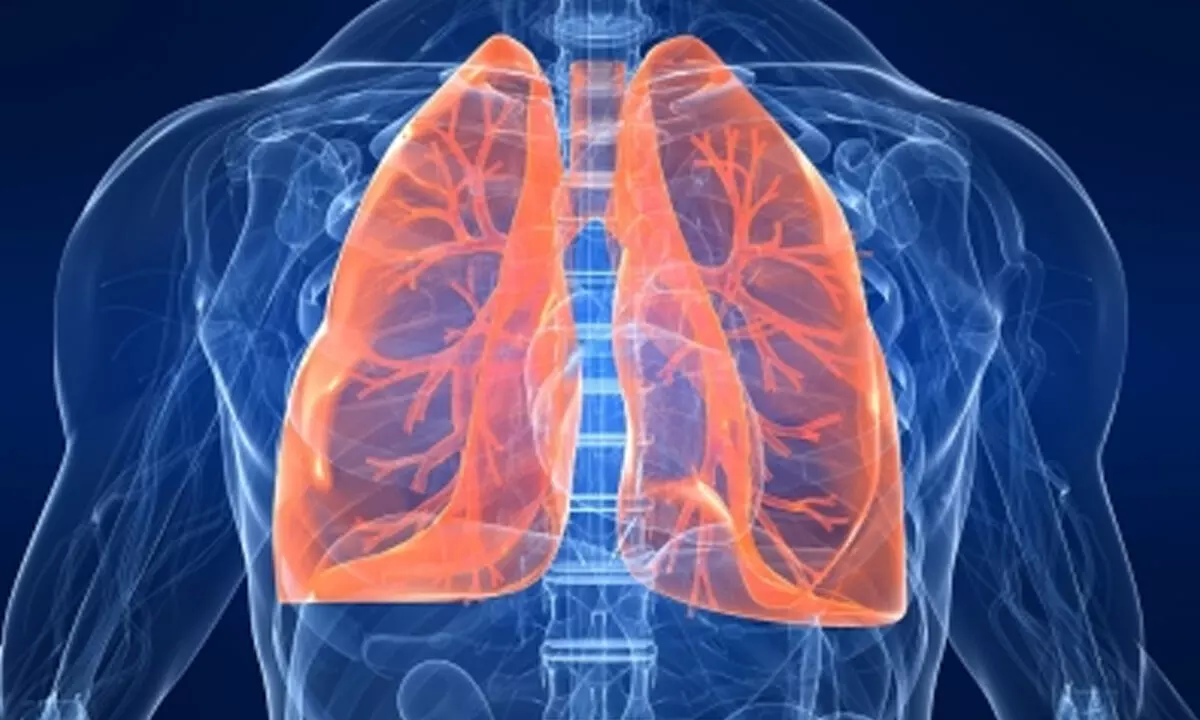Molecules in vegetables like cauliflower can help to ease lung infection: Study
Share :

Researchers have found that molecules in vegetables like broccoli or cauliflower can help to maintain a healthy barrier in the lung and ease infection, a new study has shown.
London: Researchers have found that molecules in vegetables like broccoli or cauliflower can help to maintain a healthy barrier in the lung and ease infection, a new study has shown.
According to the study published in the journal Nature, the AHR -- aryl hydrocarbon receptor -- is a protein found at barrier sites like the gut and the lung.
Natural molecules in cruciferous vegetables -- such as kale, cauliflower, broccoli, or cabbage -- are dietary "ligands" for AHR, meaning that once eaten, they activate AHR to target several genes. Some of the genes targeted switch off the AHR system, allowing it to self-regulate.
The lung barrier between the body and the air outside is only made up of two layers -- endothelial cells and epithelial cells -- because it needs to allow oxygen to enter. But the barrier also has to be kept strong against pollution or viruses and bacteria, the researchers explained.
The researchers conducted a series of experiments in mice to show how AHR impacts lung barriers.
When mice were infected with the flu virus, blood was discovered in the lungs' airspaces because it had leaked across the damaged barrier. The researchers then demonstrated that AHR could keep the barrier from becoming leaky: when AHR was overactivated, there was less blood in the lung spaces.
They also discovered that mice with increased AHR activity lost less weight when infected with the flu and were better able to fight off a bacterial infection on top of the original virus.
In addition, the researchers discovered that flu infection reduces protective lung AHR activity, but only in mice fed AHR ligands before the illness. These findings link food consumption to AHR activity and viral infection outcomes.
Moreover, the study said that despite the infection-driven reduction of AHR activity, it was beneficial for mice to be on an AHR ligand-rich diet: these mice had better barrier integrity and less lung damage during infection than mice on the control diet.
These findings suggested that AHR has a protective effect on the lung barrier, which is compromised by infection but can be improved with the proper diet.
"Until recently, we’ve mainly looked at barrier protection through the lens of immune cells. Now we’ve shown that AHR is important for maintaining a strong barrier in the lungs through the endothelial cell layer, which is disrupted during infection," said Andreas Wack, Group Leader of the Immunoregulation Laboratory at the UK-based Francis Crick Institute.
According to the researchers, AHR may be important in endothelial cells in other barrier organs as dietary factors activate AHR in the gut endothelial cells, preventing excessive cell reproduction and inflammation.
Similar to the process in the lung, the study showed gut endothelial AHR is important in protection against gut infection.












